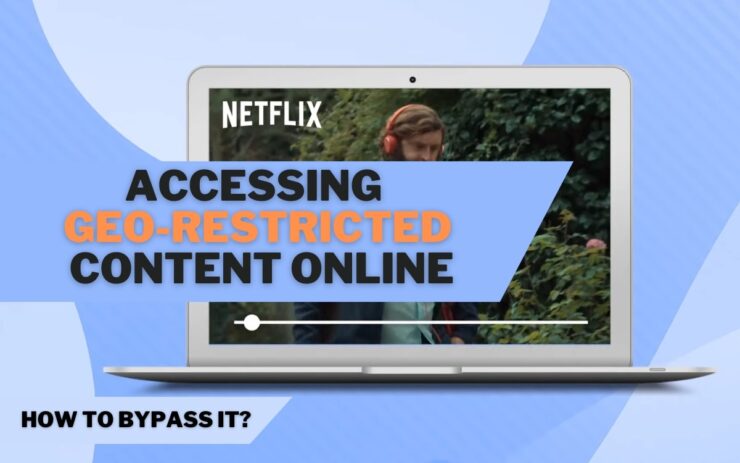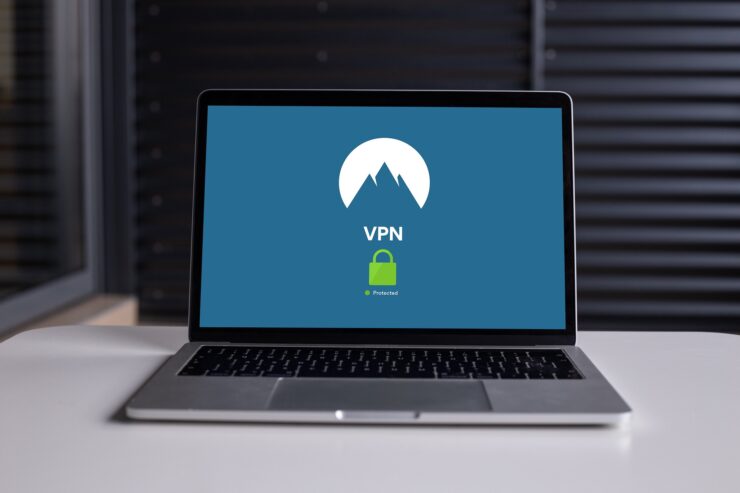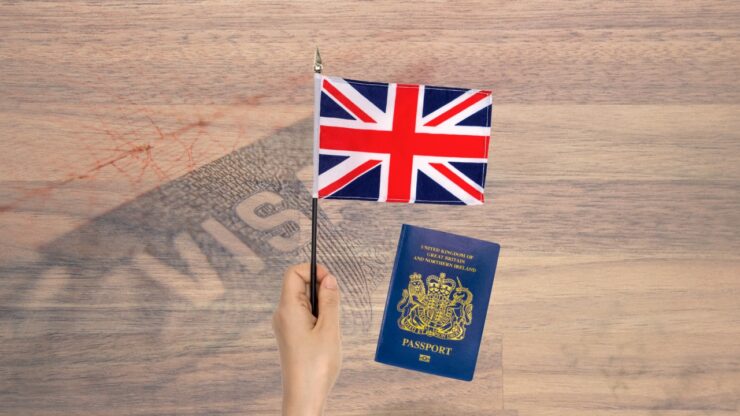
In today’s digital world, the internet has become an essential tool for accessing information and entertainment. However, not all online content is available to everyone in the world. In many cases, websites and services restrict access to their content based on the geographic location of the user.
This is known as geo-restriction. The purpose of this article is to provide a comprehensive overview of geo-restriction, why it exists, its effects on users, and the tools and tips for bypassing it.
Types of Content Geo-restriction
Geo-restriction can be applied to various types of online content, including streaming services, video platforms, social media websites, and websites that offer specific services. Some of the most common types of content that are geo-restricted include:
Streaming Services

Online streaming services, such as Netflix, Hulu, Amazon Prime Video, and even anime streaming sites like Gogoanime, often restrict the content they offer based on the user’s location. This means that users in some countries may not have access to the same content as users in other countries.
Video Platforms
Video platforms, such as YouTube, may also restrict access to certain videos based on the user’s location. For example, some videos may be blocked in certain countries due to copyright or content-related restrictions.
Social Media Websites

Social media websites, such as Facebook and Twitter, may also restrict access to certain content based on the user’s location. This can be due to a variety of reasons, including censorship laws, content restrictions, and security concerns.
Websites that Offer Specific Services
Some websites may offer specific services that are only available to users in certain countries. For example, a website that offers financial services may only be available to users in certain countries due to regulatory restrictions.
Why does Content Geo-restriction exist?
There are several reasons why content geo-restriction exists, including:
Copyright Restrictions

One of the main reasons why content is geo-restricted is due to copyright restrictions. Copyright holders may only have the right to distribute their content in certain countries and, as a result, may restrict access to it in other countries.
Content Restrictions
Some countries may have strict laws and regulations regarding the type of content that can be accessed online. As a result, websites may restrict access to certain content in those countries to comply with local laws.
Security Concerns

In some cases, websites may restrict access to certain content based on security concerns. For example, a website may restrict access to certain content in countries where it is not secure to do so.
How Geo-restriction affects users
Geo-restriction can have a significant impact on users, including:
Limiting Access to Information
Geo-restriction can limit access to information for users in certain countries. This can have a negative impact on the ability of users to access information and stay informed about current events.
Limiting Access to Entertainment
Geo-restriction can also limit access to entertainment for users in certain countries. This can have a negative impact on users’ ability to enjoy their favorite shows and movies.
Increased Costs
In some cases, users may be required to pay higher prices for access to geo-restricted content. This can be particularly true for users in countries where the cost of access to certain content is higher.
Tools that can bypass geo-restriction
Several tools can be used to bypass geo-restriction, including:
- Virtual Private Networks (VPNs): VPNs allow users to connect to a remote server located in a different country, effectively changing their IP address and allowing them to access content that may be restricted in their current location.
- Proxy servers: Similar to VPNs, proxy servers, like datacenter proxies, route internet traffic through a remote server and can be used to access restricted content.
- Smart DNS: Smart DNS services allow users to change their DNS settings to access restricted content by rerouting certain requests through a server located in an unrestricted region.
- Browser extensions: Some browser extensions, such as Hola or ZenMate, allow users to access restricted content by routing their traffic through a remote server.
It’s important to note that while these tools can be used to bypass geo-restrictions, they may also be illegal in certain countries and may also pose privacy and security risks.
Tips on using tools that bypass geo-blocks

If you want tools that bypass geo-blocks, it is recommended to follow these tips:
- Choose a reputable service: Choose a well-known and reputable service that provides a secure and fast connection.
- Ensure privacy: Make sure the tool you are using protects your privacy and doesn’t log your activity.
- Keep software updated: Keep the tool and any associated software up-to-date to ensure its effectiveness.
- Try different servers: If you’re having trouble accessing a website or service, try different servers to find one that works.
- Use a VPN: A virtual private network (VPN) is a tool that encrypts your internet traffic and routes it through a server in another location, making it appear as if you are located in that location.
- Research country restrictions: Some countries have strict laws regarding the use of geo-blocking bypass tools, so it’s important to research and understand the laws in your country before using them.
- Use caution when accessing illegal content: If you are using a tool to access content that is illegal in your country, use caution and be aware of the risks involved.
Conclusion
As the world continues to prioritize privacy, content geo-restriction will continue to be a thing. However, with the right tools like datacenter proxies, web unblockers, etc., you’ll have no problem visiting any page of interest. View a site here to learn more about datacenter proxies.
Related Posts:
- User Intent and Semantic SEO: Aligning Content With…
- Gear Up for the Ultimate Gaming Experience:…
- Affordable SEO: How to Do More on a Limited Budget -…
- Bulk SMS vs. Email Marketing: A Comparative Guide
- Desire In The Digital Age: The Profound Effects Of…
- Short Throw vs Long Throw Projectors: What's the Difference?
- Blog, Geo-restricted, Tech, Tips, VPN














